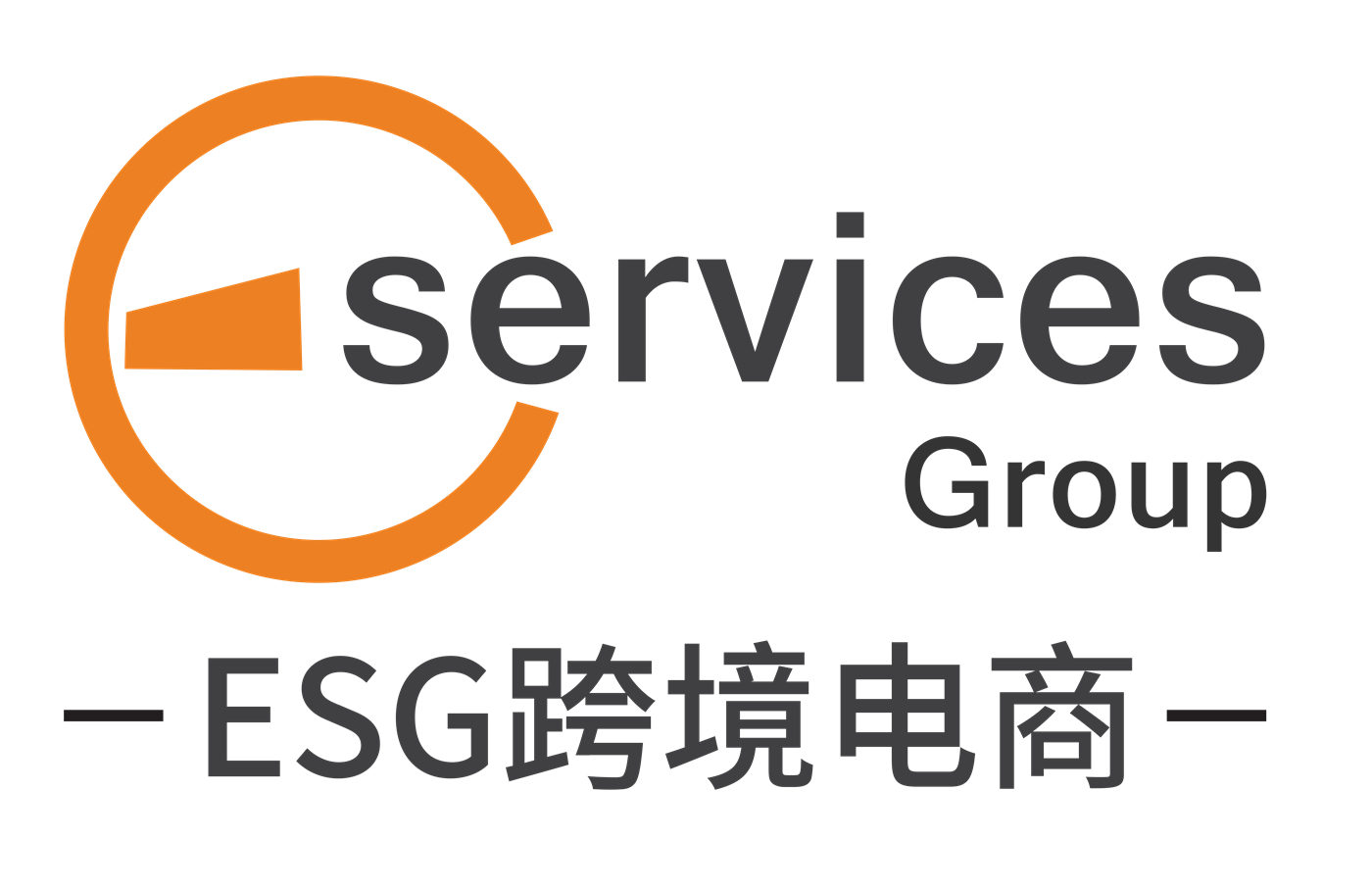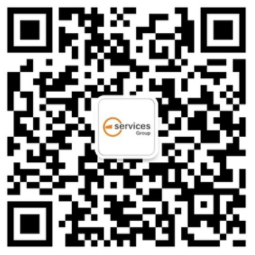wish平台CSV文件:新产品的尺码与颜色
wish平台CSV文件:新产品的尺码与颜色
wish平台CSV文件:新产品的尺码与颜色
本文将说明wish平台如何创建 Feed 文件,以添加具有变体的新产品(即具有不同颜色或尺码的产品)。创建文件后,您可以使用“添加产品”工具(“产品”>“添加新产品”>“产品 CSV 文件”)上传文件。
定义
1) 父唯一 ID:用于将一个产品的所有变体(尺码/颜色)组合到 上的一个列表中。
要为现有产品添加尺码/颜色变体,请将现有产品的唯一 ID/SKU 作为父唯一 ID。请点此查看 Wish 接受的颜色列表。
要在 Wish 上创建一个具有变体的新产品,您需要创建一个 Feed 文件,其中第一个变体(第一行)为“父”变体。第一行的父唯一 ID 和唯一 ID 相同。该产品的所有其他行将具有与第一行相同的父唯一 ID,但唯一 ID 不同。
2) 唯一 ID:代表产品的一个变体(尺码和/或颜色)。唯一 ID 旨在用于区分一个产品详情页中的各个变体。
3) 变体:Feed 文件中的一行,指产品的一个变体。变体与同一产品的其他尺码/颜色变体共用相同的父唯一 ID(参阅下文中的定义),但具有自己的唯一 ID。这是一个变体示例:
4) 产品:可包含多个变体,因此可包含多行。所有变体构成一个产品详情页。产品详情页中的每个变体都有不同的唯一 ID,但共用相同的父唯一 ID。这是具有多个变体的产品示例:
创建 Feed 文件
为了确保商户平台将各行识别为同一个产品的变体,该产品的每个变体(每一行)必须具有完全相同的“父唯一 ID”。请注意,第一个变体(父变体,或者创建新 Feed 文件时的第一行)的“父唯一 ID”就是其“唯一 ID”(参见下图的蓝色部分:第一个变体的“父唯一 ID”和“唯一 ID”均为 TG-088)。所有其他变体将需要各自有不同的“唯一 ID”(参见下图的绿色部分)。
假设我们有一款名为“Sleeveless High and Low Chiffon Dress”(无袖高低式雪纺连衣裙)的产品。它有两种颜色(薄荷色和粉色)和五种尺码:XS、S、M、L、XL。首先每一行添加产品的一个变体。这里我们先从 XS 号薄荷色无袖高低式连衣裙开始。该变体将作为父变体,因此该变体的“唯一 ID”也是其“父唯一 ID”。
注意,我们在“Color”(颜色)属性下添加了“Mint”(薄荷色),在“Size”(尺码)属性下添加了“XS”。(如果您的产品同色不同码,请在“Size”(尺码)列中输入尺码,并将“Color”(颜色)列留空。如果您的产品变体同码不同色,请将“Size”(尺码)列留空。)
然后,我们可以添加薄荷色的 S 和 M 尺码 - 参见上面第2行和第3行。
对于同一产品的所有变体,Feed 文件中的某些列必须填写相同的内容,这样这些变体才能作为一个产品上传;这些列包括“父唯一 ID”、“产品名称”、“描述”等。对于包含每个变体的特殊信息的其他列,同一产品的不同行可以填写不同的内容;这些列包括“唯一 ID”、“价格”、“尺码”、“颜色”等。
每个变体的唯一 ID 都是不同的,因为唯一 ID 对应于变体(及其颜色和尺码规格),而不是整个产品。在此例中,每个变体的库存数量不同(但产品的变体库存有可能相同)。为正确上传您的产品及其变体,您需要确保产品的以下属性相同:
父唯一 ID
名称
标签
价格
本地货币价格
主图 URL
添加了薄荷色的无袖高低式雪纺连衣裙后,还会添加这款连衣裙的粉色变体,请务必为每个尺码都创建一行 - 与创建薄荷色变体行的操作一样。此外,就像薄荷色变体一样,粉色变体与我们添加的第一个产品具有相同的“父唯一 ID”:TG-088。
比较各个变体,您会发现以下属性填写的内容完全相同:Name(名称)、Tags(标签)、Product Description()、Price(价格)、Localized Price(本地货币价格)和 Image URLs(图片 URL)。各变体的 SKU、Color(颜色)、Size(尺码)、Quantity(数量)等其他属性填写的内容则各不相同体。
CSV: Sizes And Colors For New Products
This article will explain how to create a feed file in order to add new products with variations (i.e., products that come in different colors or sizes). Once you create the file, you will upload it using the Add Products tool (Products > Add New Products > Products CSV File).
Definitions1) Parent Unique ID: this is used to group all variations (size/color) of one product into a single listing on Wish.
To add size/color variations to existing products, use the Unique ID/SKU of the existing product as the Parent Unique ID. See Accepted Colors Here.
To add a new item with variations to Wish, you will create a feed with the first variation (row) as the "parent" variation. This first row will have the same Parent Unique ID and Unique ID. All additional rows for that product will have the same Parent Unique ID as the first row, but will have different Unique IDs.
2) Unique ID: this represents a single item/variation (size and/or color) of your product. The Unique Id serves to identify the variations within one item listing (product).
3) Item (also, Variation): this is one row in your feed. It represents a single variation of your product. This item shares the same Parent Unique ID as other size/color variations of the same product (see definition below) but has its own Unique ID. Here is one item:
4) Product: can be comprised of multiple items and, therefore, multiple rows. This is the set of all variations comprising one product listing. Each item/variation within a product listing has a different Unique ID but they all will share the same Parent Unique ID. Here is one product with several variations:
Creating the FeedIn order for the Merchant Dashboard to recognize rows as variations for a single product, each variation (row) must have the exact same Parent Unique ID as the other variations of that product. Remember, one item (the "parent" item, or, the first row when creating a new feed) will have the Parent Unique ID for its Unique ID as well (See below in blue: The first item has TG-088 for both Parent Unique ID and Unique ID). All the other items will need their own different Unique ID (See below in green).
Say we have a product named Sleeveless High and Low Chiffon Dress (example above). It comes in two colors (Mint and Pink) and five sizes: XS, S, M, L, XL. Start by adding one item/row of the product. Here we have started with the XS Sleeveless High and Low Chiffon Dress in Mint. This item/variation will act as the "parent" variation, so this item's Unique ID is also the Parent Unique ID.
Notice that we have listed "Mint" under the Color attribute and "XS" under the size attribute. If your product does not have different colors but does have different sizes, input the sizes in the Size column and leave the Color column blank. If the product does not have different sizes but does have different color variations, leave the Size column blank.
Then we can add our S and M sizes in Mint - see row 2 and 3 above.
Certain columns in the feed file must be the same across all variations for the upload to create one product listing; these columns include Parent Unique ID, product name, description, etc. Other columns that record customizations for each product variation may have differences in them among the rows for the same product; these columns include Unique ID, price, size, color, etc.
For each item, the Unique ID is different because the Unique ID responds to the item (with its color and size specification) rather than the overall product. And for this particular product, the quantities for each item differ (though it's possible you may have the same inventory for each variation of your product). In order for your product to upload correctly with its variations, you will need to make sure that the following attributes are the same for the product:
Parent Unique ID
Name
Tags
Product Description
Price
Localized Price
Main Image URL
Now that we've added the Sleeveless High and Low Chiffon Dress in Mint, we'll add the Pink variation of the dress, making sure to create rows for each size — just as we did for the Mint variation. And, just like the Mint variation, the Pink variation has the same Parent Unique Id as the first product we added: TG-088:
Comparing the variations, you will see that the following attributes are all the same: Name, Tags, Product Description, Price, Localized Price, and Image URLs. The other attributes—SKU, color, size, quantity—are different to correspond to the individual items for your product.
特别声明:以上文章内容仅代表作者本人观点,不代表ESG跨境电商观点或立场。如有关于作品内容、版权或其它问题请于作品发表后的30日内与ESG跨境电商联系。
二维码加载中...
使用微信扫一扫登录
使用账号密码登录
平台顾问
微信扫一扫
马上联系在线顾问
小程序

ESG跨境小程序
手机入驻更便捷
返回顶部









 市场合作:shichangbu@eservicesgroup.com
市场合作:shichangbu@eservicesgroup.com





